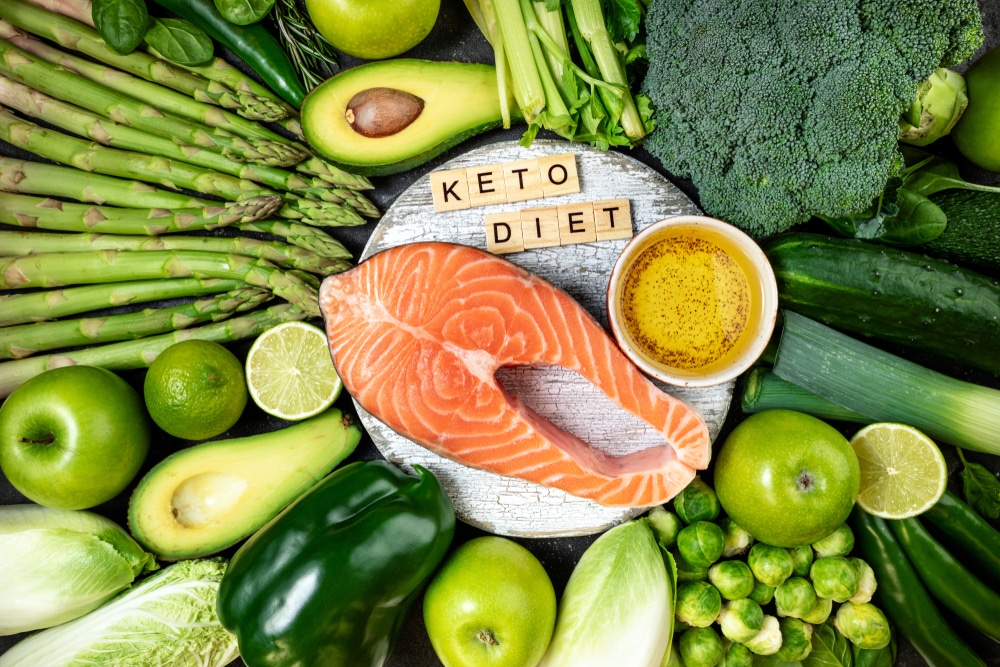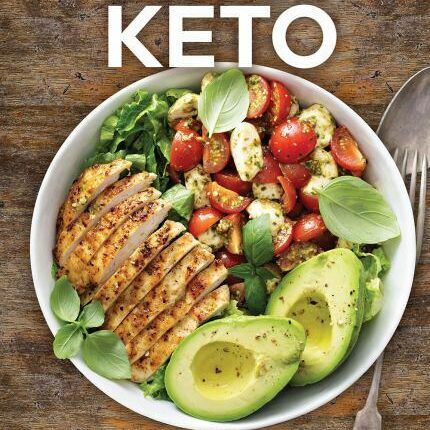Introduction
The ketogenic diet guide, commonly referred to as the keto diet, is a high-fat, low-carbohydrate eating plan that has gained immense popularity in recent years. Originating as a therapeutic diet for epilepsy, it has been widely adopted for weight loss, improved energy levels, and better overall health. This comprehensive guide will explore the principles, benefits, and challenges of the keto diet, providing a roadmap for anyone interested in embarking on this dietary journey.

Understanding the Keto Diet Guide
The keto diet drastically reduces carbohydrate intake and replaces it with fat. This reduction in carbs puts your body into a metabolic state called ketosis. When this happens, your body becomes incredibly efficient at burning fat for energy. It also turns fat into ketones in the liver, which can supply energy for the brain.
Macronutrient Breakdown
- Carbohydrates: Typically, carbs are limited to 20-50 grams per day, which is a significant reduction from the standard diet.
- Proteins: Moderate protein intake, usually around 20-25% of your total daily calories.
- Fats: The bulk of your calories, around 70-75%, will come from fats.
How to Start the Keto Diet
- Educate Yourself: Understand the basics of the diet and what you need to do to achieve ketosis.
- Plan Your Meals: Create a meal plan that includes keto-friendly foods and recipes.
- Stock Up on Essentials: Make sure your kitchen is stocked with keto staples like healthy oils, fatty fish, meats, eggs, cheese, nuts, and low-carb vegetables.
- Monitor Your Macros: Use apps or food diaries to keep track of your carbohydrate, protein, and fat intake.
- Stay Hydrated: Drink plenty of water and consider electrolyte supplements, as the keto diet can cause your body to excrete more water and electrolytes.
Benefits of the Keto Diet
- Weight Loss: By utilizing fat as a primary energy source, the keto diet can significantly reduce body fat.
- Improved Energy Levels: Many people report more consistent energy levels throughout the day.
- Enhanced Mental Clarity: Ketones are a potent fuel source for the brain, often leading to improved cognitive function.
- Reduced Inflammation: The keto diet can reduce inflammation markers in the body, potentially alleviating chronic pain and other inflammation-related conditions.
- Better Blood Sugar Control: By minimizing carb intake, the keto diet can help stabilize blood sugar levels and improve insulin sensitivity.
Potential Challenges and Side Effects
- Keto Flu: As your body adapts to ketosis, you may experience symptoms like headache, fatigue, nausea, and irritability. This usually lasts a few days to a week.
- Nutrient Deficiencies: A restrictive diet can lead to deficiencies in essential nutrients if not properly managed. It’s crucial to eat a variety of nutrient-dense foods.
- Digestive Issues: Some people experience constipation or diarrhea initially. Increasing fiber intake through low-carb vegetables can help.
- Social Challenges: Eating out and socializing can be difficult on a strict keto diet. Planning ahead and communicating your dietary needs can mitigate these challenges.
Foods to Eat on the Keto Diet
- Meats: Beef, pork, lamb, chicken, and turkey.
- Fish and Seafood: Salmon, trout, mackerel, and other fatty fish.
- Eggs: Free-range or pastured eggs are best.
- Dairy: Cheese, butter, cream, and unsweetened yogurt.
- Nuts and Seeds: Almonds, walnuts, flaxseeds, chia seeds, and pumpkin seeds.
- Healthy Oils: Olive oil, coconut oil, avocado oil, and MCT oil.
- Low-Carb Vegetables: Leafy greens, broccoli, cauliflower, zucchini, and bell peppers.
- Beverages: Water, coffee, and tea without added sugar.
Foods to Avoid on the Keto Diet
- Sugary Foods: Soda, candy, ice cream, and other sweets.
- Grains and Starches: Bread, pasta, rice, and cereals.
- Fruit: Most fruits, especially high-sugar ones like bananas, apples, and oranges.
- Legumes: Beans, lentils, and chickpeas.
- Root Vegetables: Potatoes, sweet potatoes, carrots, and parsnips.
- Unhealthy Fats: Processed vegetable oils, margarine, and trans fats.
- Alcohol: Most alcoholic beverages, especially beer and sugary cocktails.
Sample Meal Plan
Day 1:
- Breakfast: Scrambled eggs with spinach and feta cheese cooked in butter.
- Lunch: Grilled chicken salad with avocado, olive oil, and vinegar.
- Dinner: Baked salmon with asparagus and a side of cauliflower rice.
- Snacks: A handful of almonds or a piece of cheese.
Day 2:
- Breakfast: Greek yogurt with a few berries and a sprinkle of chia seeds.
- Lunch: Tuna salad wrapped in lettuce leaves.
- Dinner: Pork chops with a side of sautéed Brussels sprouts in bacon fat.
- Snacks: Celery sticks with almond butter.
Tips for Success
- Gradual Transition: Ease into the diet to help your body adapt.
- Stay Hydrated: Drink plenty of water and consider electrolyte supplements.
- Meal Prep: Preparing meals in advance can save time and help you stay on track.
- Find Support: Join online communities or find a buddy to share the journey with.
- Listen to Your Body: Pay attention to how you feel and adjust as needed.
Conclusion
The keto diet guide can be a powerful tool for weight loss and overall health improvement. However, it requires careful planning and commitment. By understanding the principles, benefits, and challenges of the keto diet, you can set yourself up for success and enjoy the myriad of benefits this diet has to offer. Whether you’re looking to shed a few pounds, boost your energy, or improve your mental clarity, the keto diet might be the perfect fit for you.
